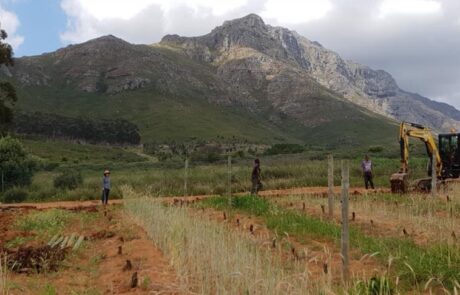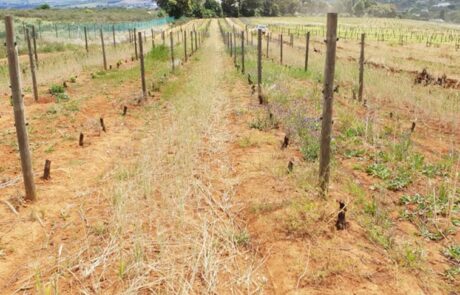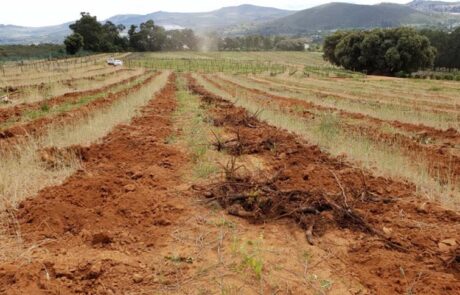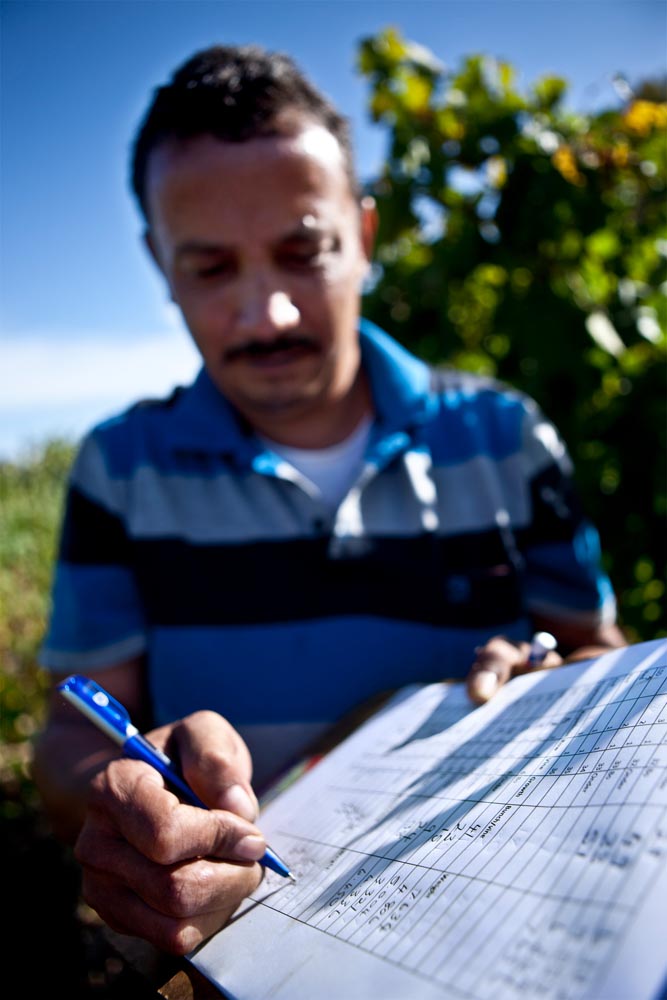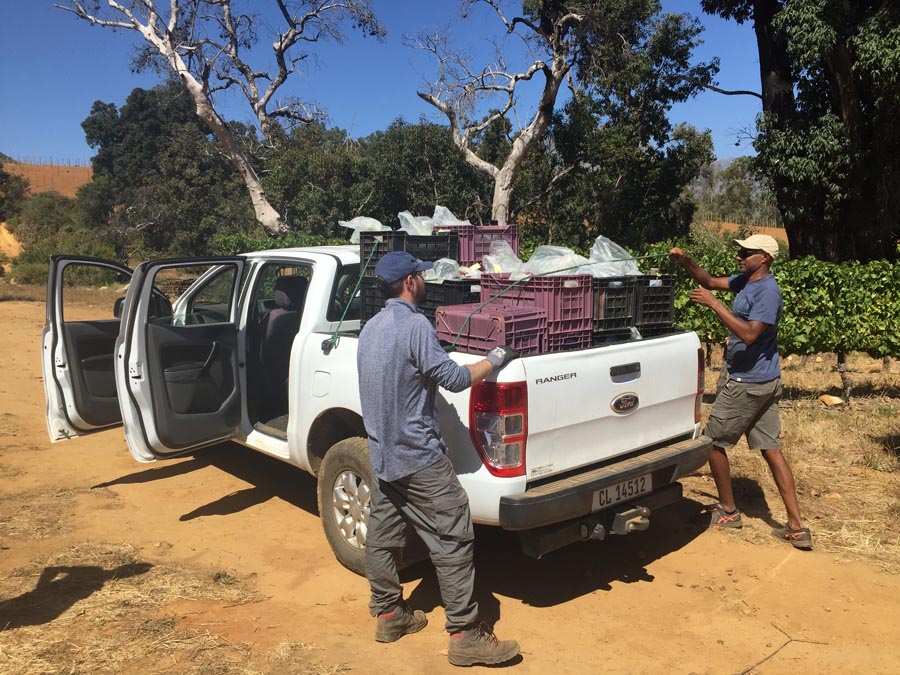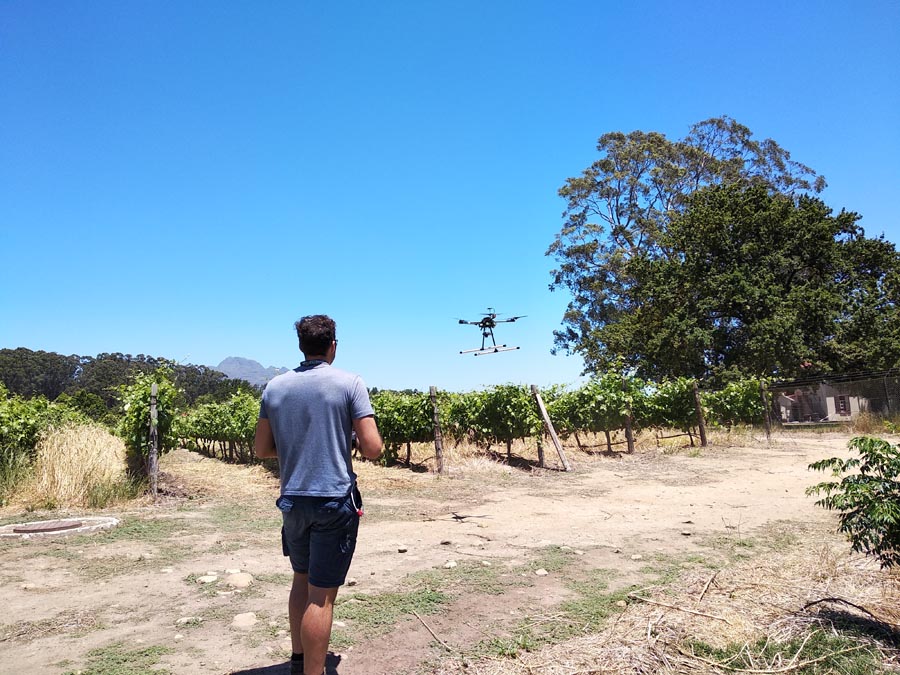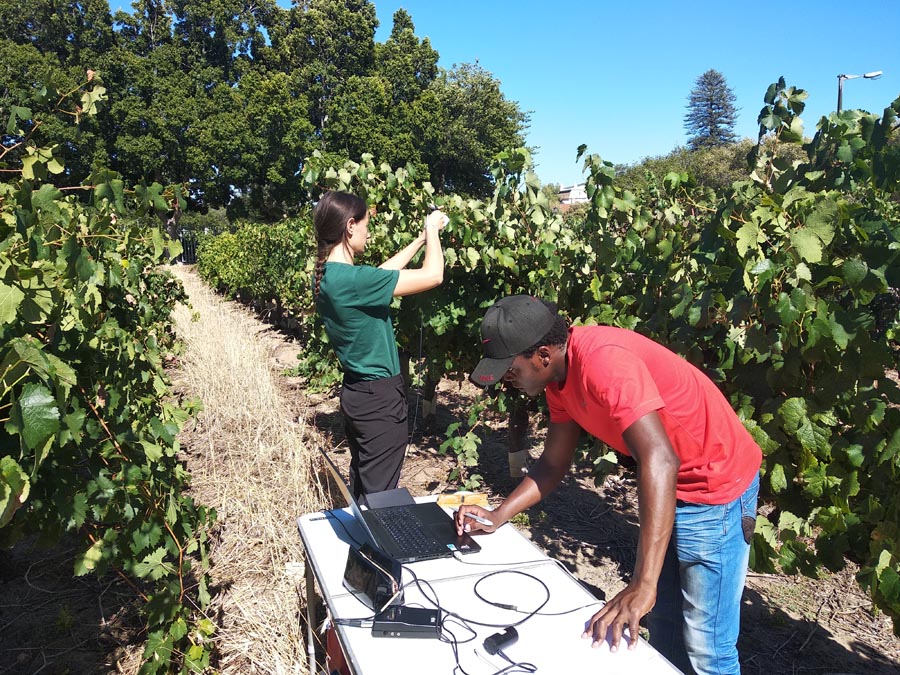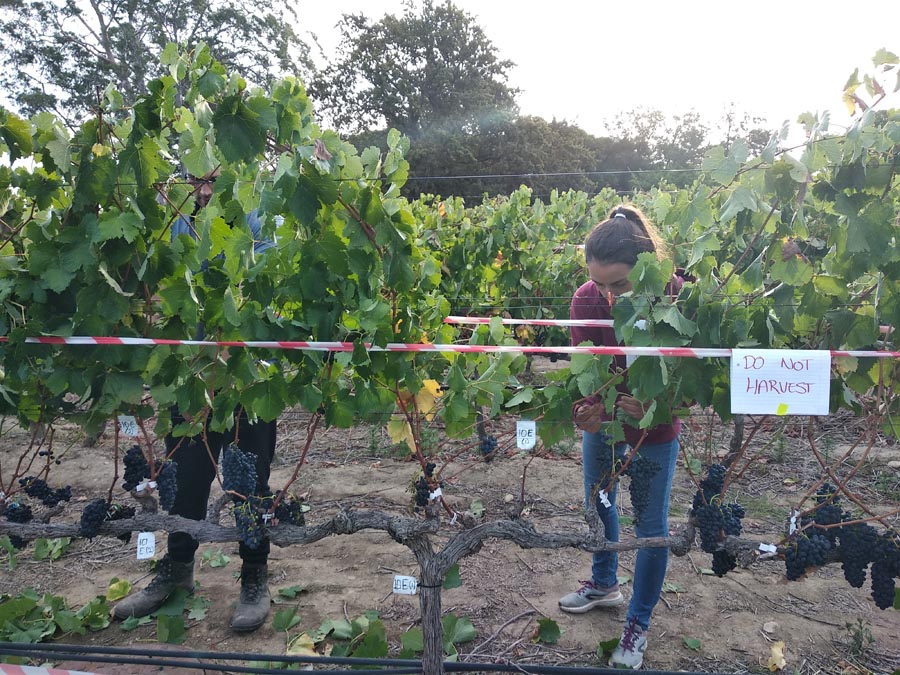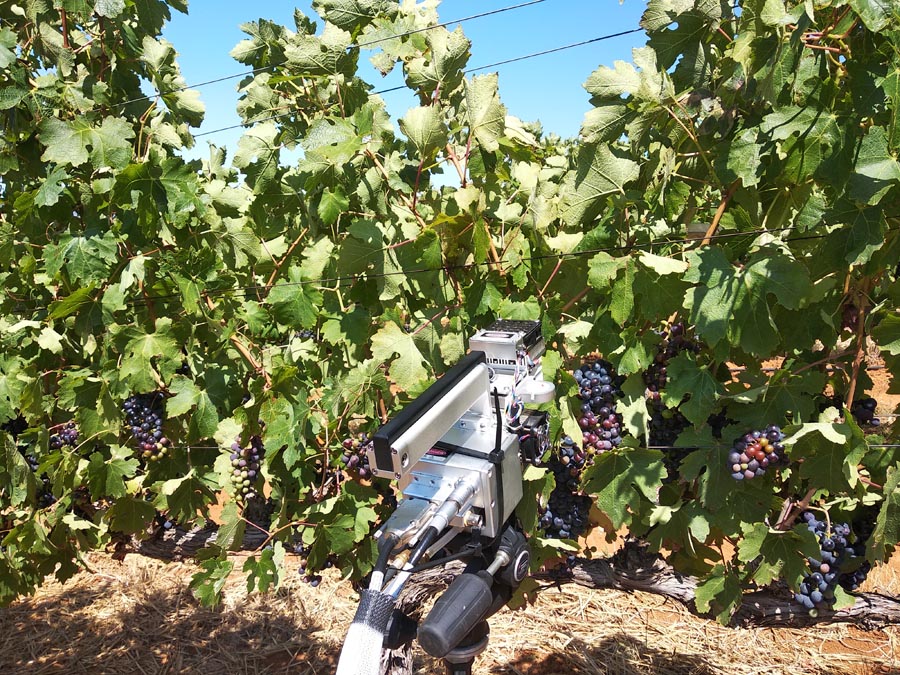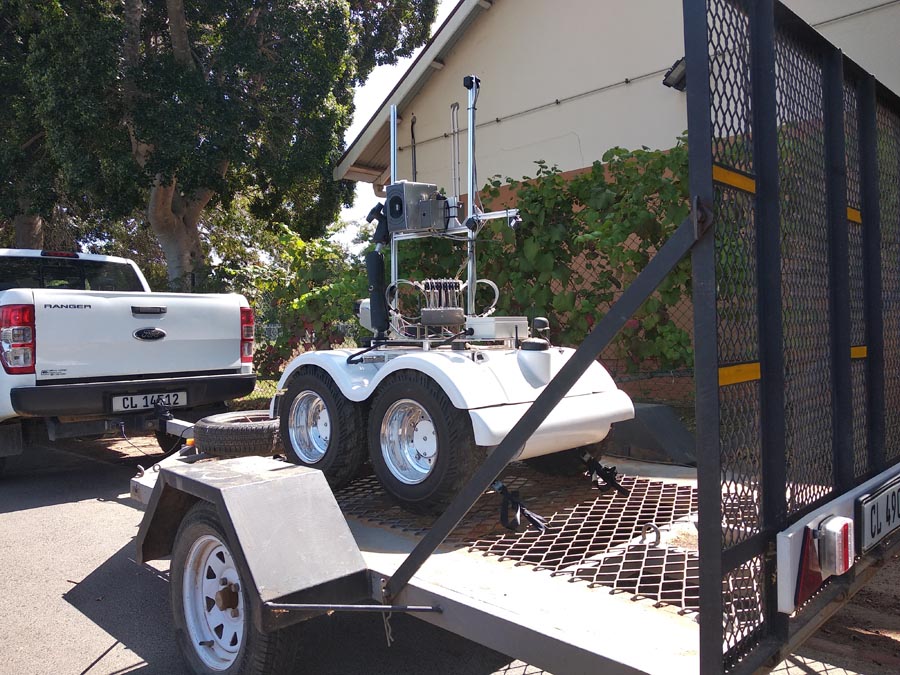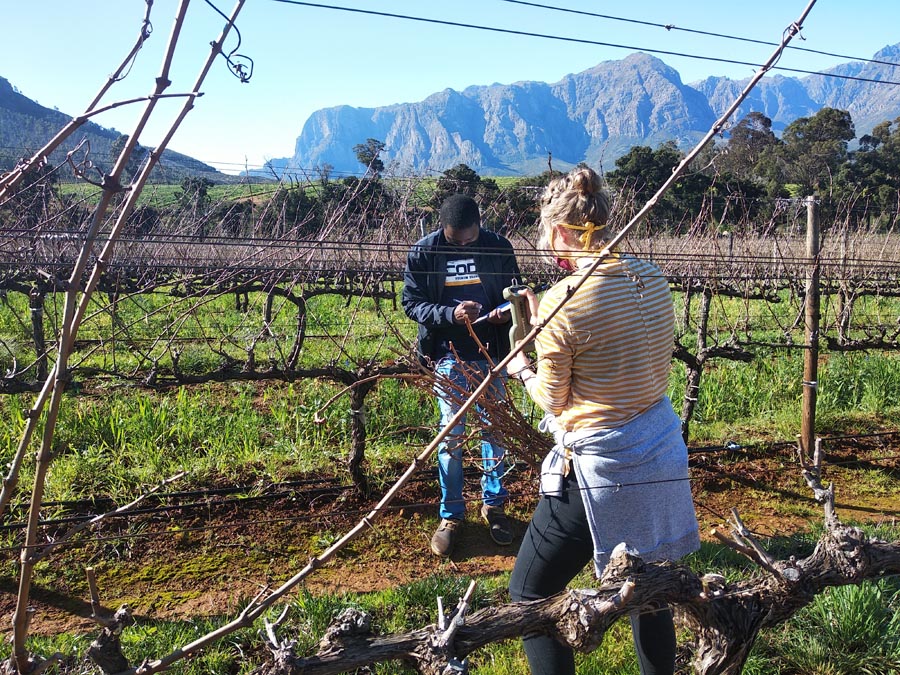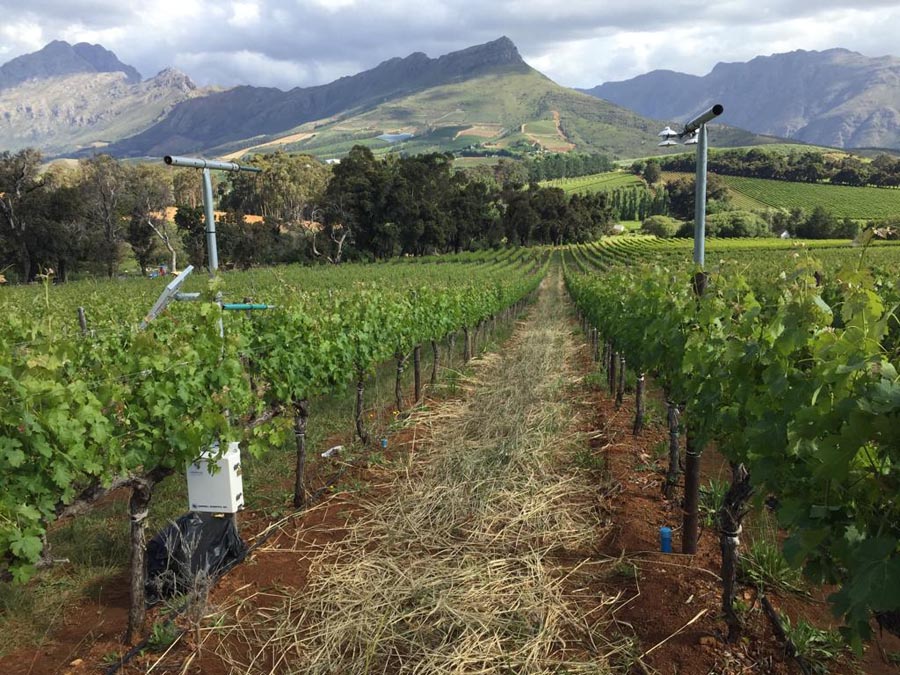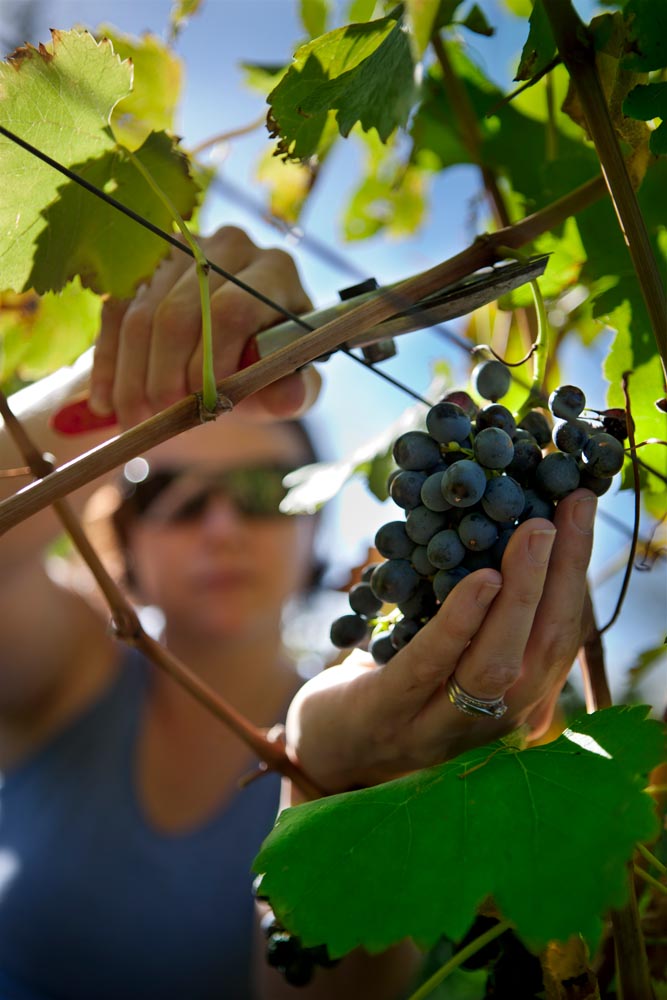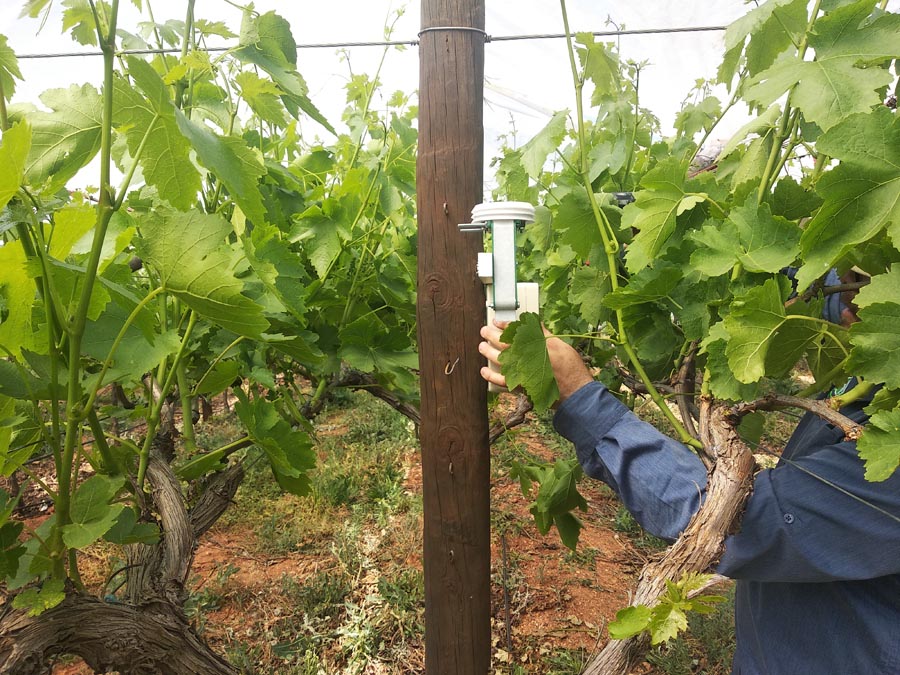RE-ESTABLISHMENT OF THE WELGEVALLEN TEACHING AND RESEARCH VINEYARDS
In 2019 an initiative between the Department of Viticulture ad Oenology, Faculty of Agri Sciences and Vinpro was started to plan the re-establishment of the 4.5ha teaching and research vineyards at the Welgevallen Farm in Stellenbosch.
One of the main aims of this project is to facilitate student learning in the practical application of theoretical knowledge – speaking to the applied teaching and learning focus of both SAGWRI and the Department of Viticulture and Oenology. Furthermore, by establishing vineyards with different cultivars, pruning systems and trellising systems, we aim to showcase different vineyard management strategies to both students and industry partners. This aspect links to the Grapevine x Environment x Management interaction focus area of the institute. The new teaching and research vineyard will have one vineyard block or a portion of a vineyard block dedicated to each of the following aspects:
- Cultivar collection (± 96 different cultivars; 16 different rootstocks))
- Pruning systems (12 different pruning methods)
- Trellis systems (19 different trellis systems)
- Table grape production (27 cultivars on 6 different trellis systems)
- Undergradute winemaking block (19 different cultivars)
- Fit-for-purpose research block
The cultivar collection is not a new concept at Welgevallen, but the new collection will include many more cultivars than the previous collection (all 96 commercially available cultivars!). Some of these cultivars also have clones which are important for winemaking due to specific characteristics and these clones have therefore also been included in this block. Although predominantly made up of scion cultivars, some rootstock cultivars have also been planted in the collection to showcase their character and nature. In a separate vineyard 19 different cultivars have been planted which will be used in the winemaking training of the 3rd year students. Established, as well as new cultivars rising in popularity, have been included in this block and the aim is to train undergraduate students in the making of various wine styles.
The inclusion of two vineyard blocks, one showcasing different pruning systems, and the other different trellising systems, is very beneficial to both future students and industry partners who will be able to see how grapevines of different architecture and configurations should be managed. The effect of these different vineyard practices can also be observed within these vineyards and through the collection of data the interaction of a grapevine with the environment and management practices it is exposed to can be quantified.
A new addition to the vineyard block repertoire includes the table grape block, which will showcase 27 table grape cultivars of economic importance in South Africa planted on six different trellis systems. This will give us the opportunity to expose students to various management practices related to the production of table grapes in-house.
Last, but not least, a fit-for-purpose research block, with the focus on water-use research and digital viticulture, has also been established. This block is unique in that the design at planting has been done in accordance with the required experimental layout. Six different scion/rootstock combinations have been included for investigation in this research block. The vineyard layout has also been done in such a way as to allow for three different irrigation strategies to be carries out. New technologies and mechanisms for monitoring plant-water relations, amongst others, will be tested in this vineyard in order to answer pressing questions in the world of viticulture.
After months of meticulous planning and preparations, the planting of the new vineyard blocks finally commenced in early 2020. Up to date 11125 vines of 180 different scion/rootstock combinations have been planted. The remaining plantings will be completed in 2020.
Contact:
Talitha Venter tventer@sun.ac.za

